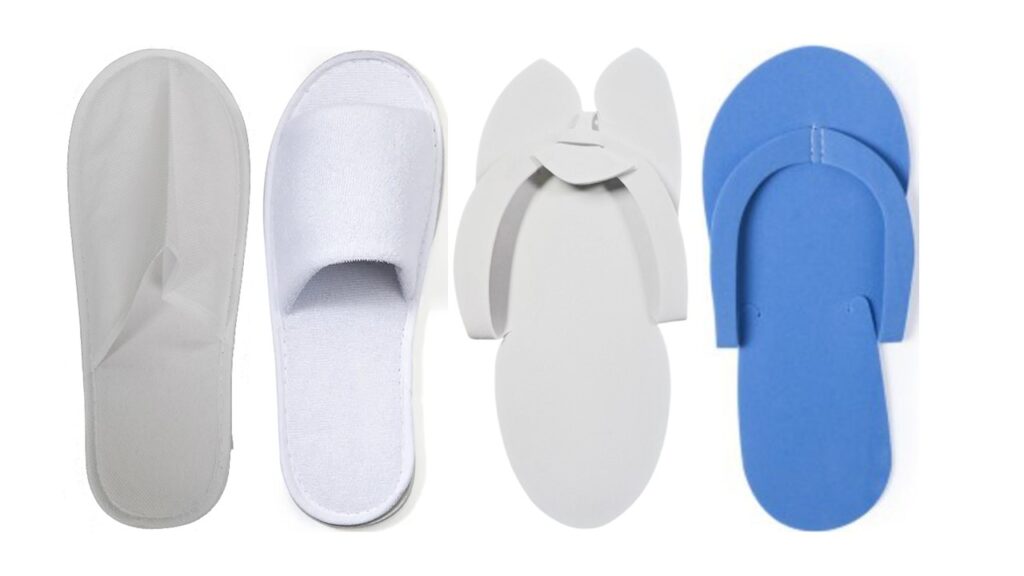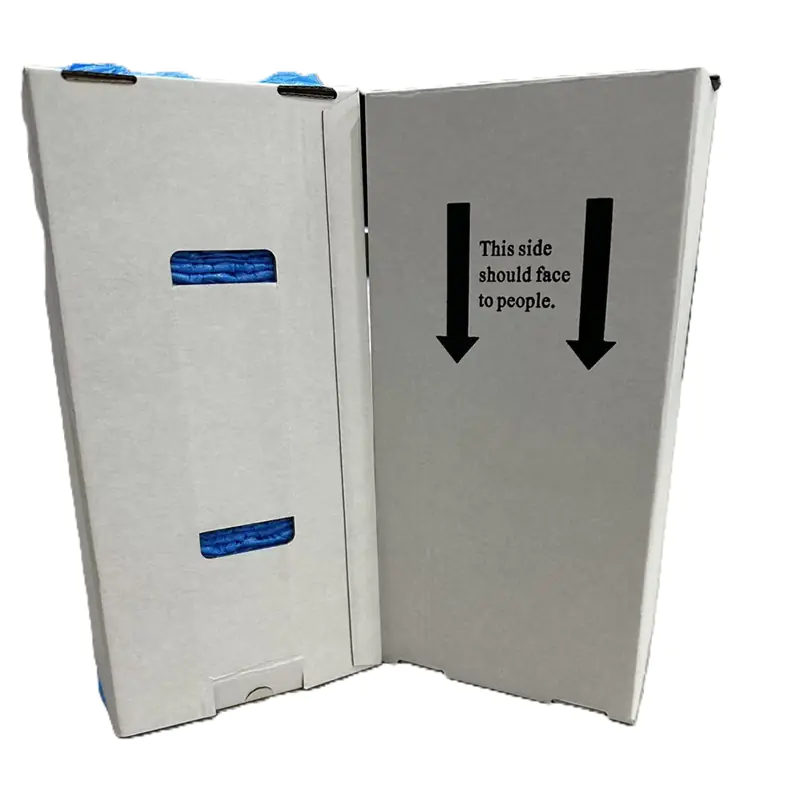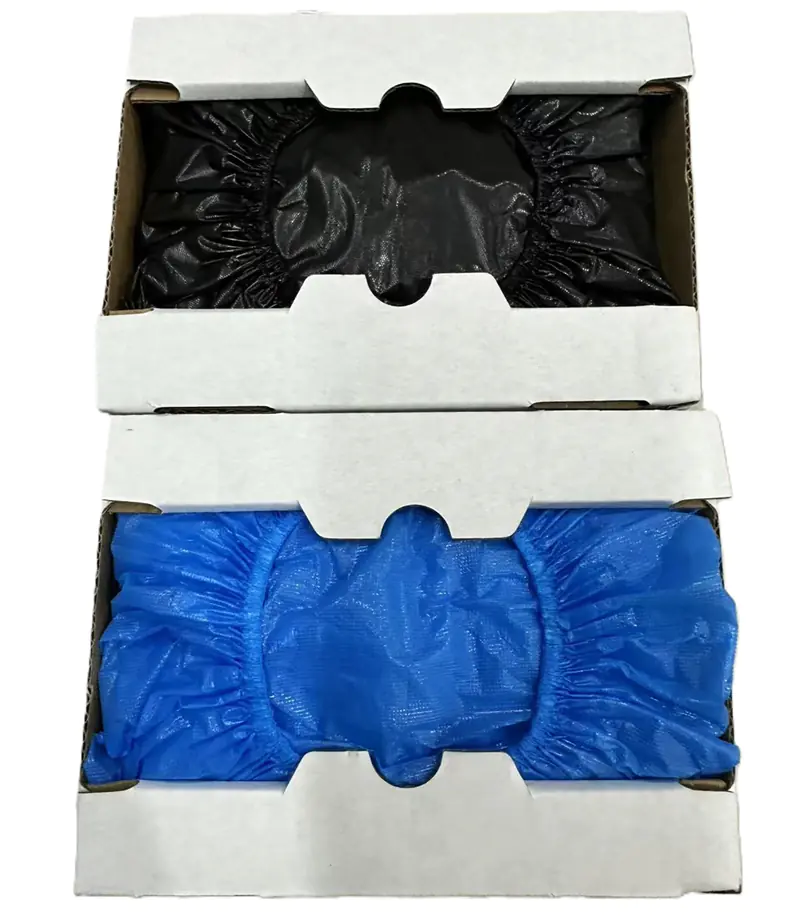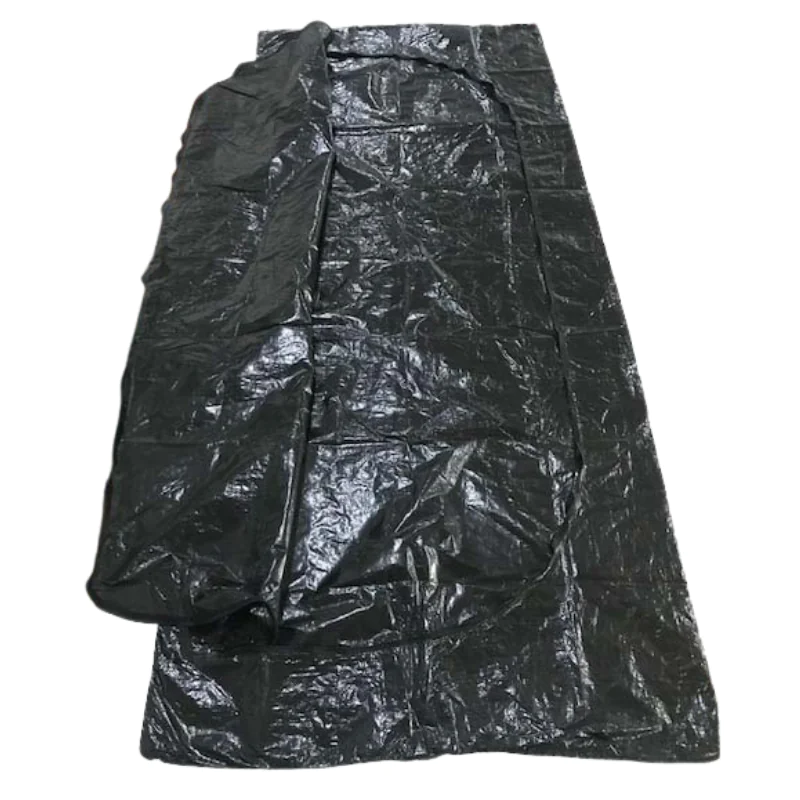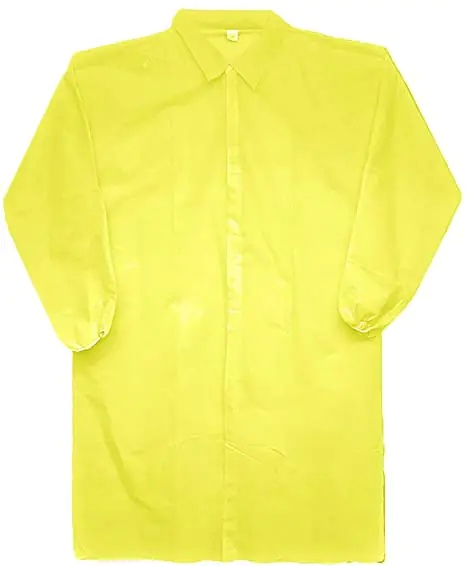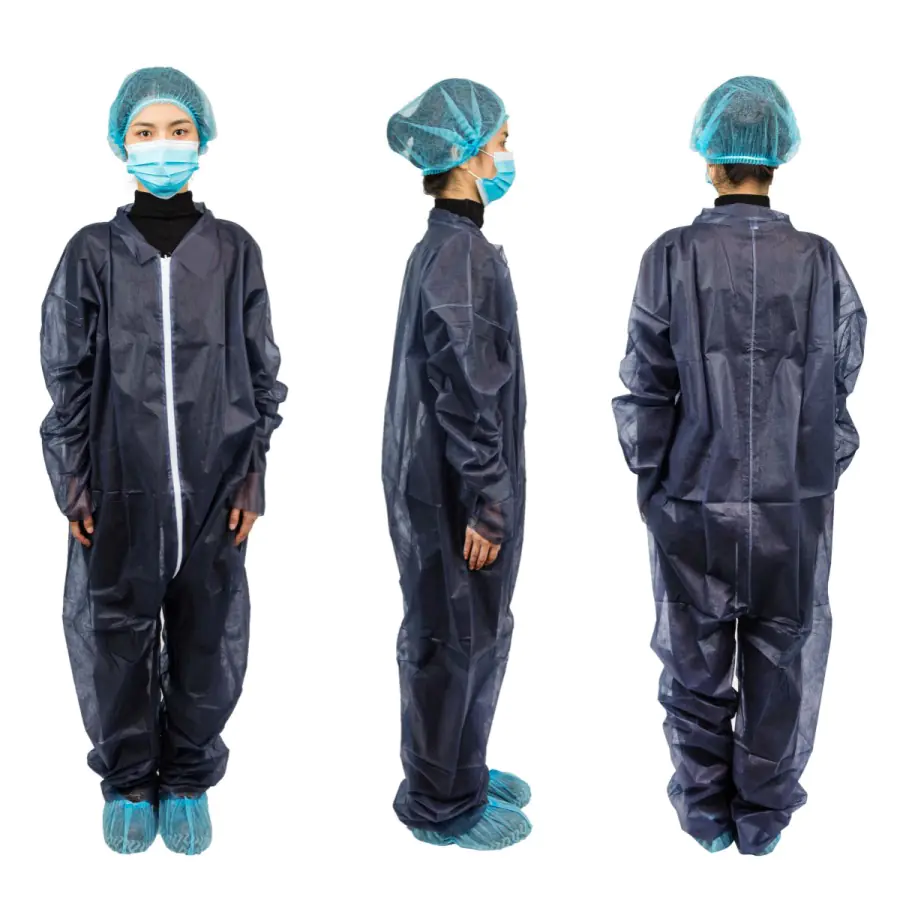Disposable slippers, the kind you might get at a hotel or spa, are made from different simple materials. They are designed to be cheap and used only once.
Here are the most common things used:
For the Top Part (Upper):
- Terry Cloth: This feels soft, like a towel.
- Non-woven Fabric: A very light and thin fabric. It’s often the cheapest option.
- Cotton or Waffle Weave: These feel soft and let air move through.
- Fleece or Velour: These are extra soft and feel warm.
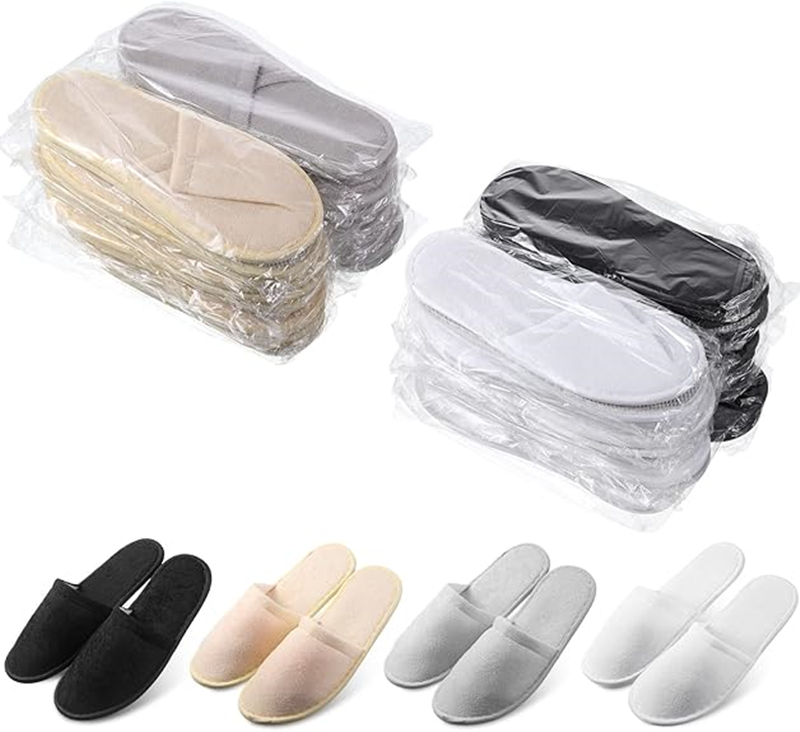
For the Bottom Part (Sole):
- EVA Foam: A light plastic foam that gives some cushion.
- Cardboard: Very basic, often used in the cheapest slippers. Not good if it gets wet.
- Rubber Dots: Many soles have small dots added to the bottom. This helps stop slipping.
These materials are picked because they don’t cost much. Since the slippers are thrown away after one use, they need to be easy to make and buy in large amounts.


